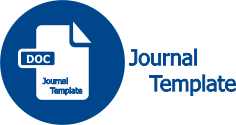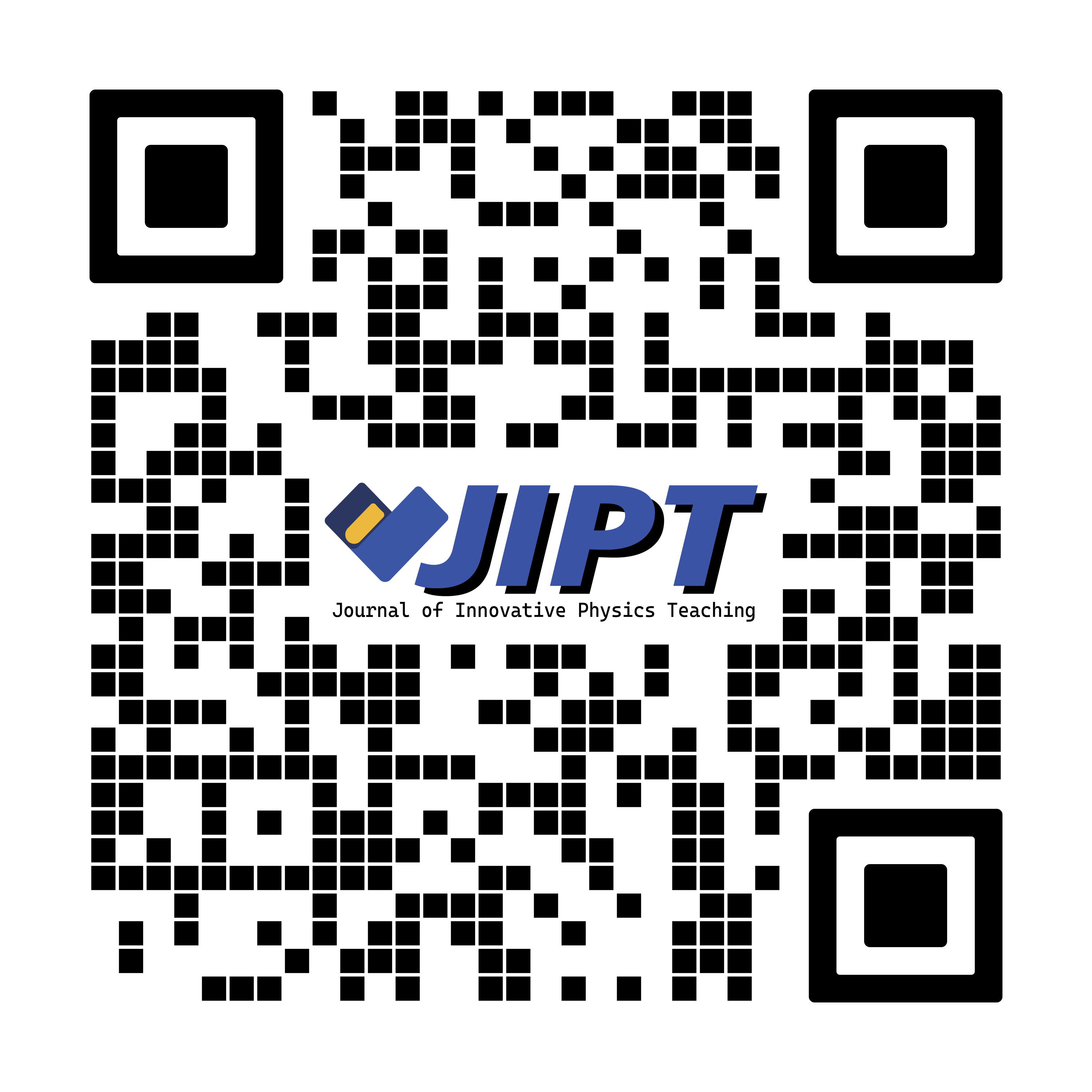Analysis of Needs for Design of Teaching Materials Based on Integrated Cognitive Conflict with Augmented Reality in Thermodynamics
DOI:
https://doi.org/10.24036/jipt/vol1-iss2/29Keywords:
Augmented Reality, Cognitive Conflict, MisconceptionsAbstract
The goal of 21st century learning in the independent curriculum is that students are able to deepen concepts and strengthen competencies. Efforts that can be made to achieve this goal are the use of teaching materials that are able to increase students' understanding of concepts. This research was conducted to develop teaching materials based on cognitive conflict integrated with augmented reality technology, so it is necessary to carry out a needs analysis as an initial stage of developing teaching materials. This type of research is quantitative descriptive research, the data collection instruments used are journal analysis and teacher and student analysis questionnaire sheets. Research was conducted to determine the need for developing open materials in schools. The results of the analysis of student needs show that physics learning is still teacher-centered, technology-integrated teaching materials, especially Augmented Reality, are not yet available, and learning models that overcome students' misconceptions are not yet used. The results of this preliminary research indicate the need to develop open physics materials that are able to increase student understanding of concepts and interest in learning. The solution to this is to develop cognitive conflict-based teaching materials that are integrated with technology by utilizing augmented reality technology.
Downloads
References
Arslan, R., Kofoğlu, M., & Dargut, C. (2020). Development of Augmented Reality Application For Biology Education. Journal of Turkish Science Education, 17(1), 62–72.
Ashari, S. A., A, H., & Mappalotteng, A. M. (2022). Pengembangan Media Pembelajaran Movie Learning Berbasis Augmented Reality. Jambura Journal of Informatics.
Dedynggego, D., Mohammad, M., & Affan, M. (2015). Perancangan Media Pembelajaran Interaktif 3D Tata Surya Menggunakan Teknologi Augmented Reality untuk Siswa Kelas 6 Sekolah Dasar Sangira. Jurnal Elektronik Sistem Informasi dan Komputer.
Dirman dan Mufit. (2022). Analisis Penggunaan Instrumen Penilaian Pemahaman Konsep dan Literasi Sains di SMA Kabupaten Solok. 13(2), 251–256.
Fakhruddin Z, Z. (2018). Identifikasi Miskonsepsi Materi Termodinamika Dengan Tes Diagnostik Pilihan Ganda Tiga Tingkat Pada Peserta Didik Kelas Xi Sma Negeri 9 Pekanbaru. Jurnal Online Mahasiswa FKIP, 5(2), 1–13.
Farisi, M. I. (2016). Developing the 21 St -Century Social Studies Skills. Turkish Online Journal of Distance Education-TOJDE, 17(1), 16–30.
Fatni Mufit, eka Hendriyani, M. D. (2023). Augmented Reality dan Virtual Reality Berbasis Konflik Kognitif Sebagai Media Pembelajaran Abad ke -21.
Huda, A., Azhar, N., Almasri, Wulansari, R. E., Mubai, A., Sakti, R. H., & Firdaus. (2020). Media Animasi Digital Berbasis HOTS (Higher Order Thinking Skill). Unp Press.
Megahantara, G. S. (2017). Pengaruh Teknologi Terhadap Pendidikan di Abad 21.
Mufit, F. (2018). Model Pembelajaran Berbasis Konflik Kognitif (PbKK). 37. https://osf.io/preprints/inarxiv/zqvrd/
Mufit, F., Asrizal, Hanum, S. A., & Fadhilah, A. (2020). Preliminary Research in the Development of Physics Teaching Materials that Integrate New Literacy and Disaster Literacy. Journal of Physics: Conference Series, 1481(1).
Mufit, F., Asrizal, Puspitasari, R., & Annisa. (2022). Cognitive Conflict-Based E-Book With Real Experiment Video Analysis Integration To Enhance Conceptual Understanding of Motion Kinematics. Jurnal Pendidikan IPA Indonesia, 11(4), 626–639.
Mufit, F., Festiyed, Fauzan, A., & Lufri. (2023). The Effect of Cognitive Conflict-Based Learning (CCBL) Model on Remediation of Misconceptions. Journal of Turkish Science Education, 20(1), 26–49.
Mulop, N., Mohd, K., & Tasir, Z. (2012). A Review on Enhancing the Teaching and Learning of Thermodynamics. 56(Ictlhe), 703–712.
Putra, A. (2008). Buku Ajar Perencanaan Pembelajaran Fisika. 282.
Rahayu, R., Rosita, R., Rahayuningsih, Y. S., Hernawan, A. H., & Prihantini, P. (2022). Implementasi Kurikulum Merdeka Belajar di Sekolah Penggerak. Jurnal Basicedu, 6(4), 6313–6319.
Ririnsia, R., & Hau, H. (2019). Pemahaman Siswa terhadap Konsep Hukum I Newton. 2(2), 56–61.
Sekarani, T. S., Wiyono, K., & Muslim, M. (2021). Analisis Pemahaman Konsep Termodinamika Dengan Cri Berbantuan Cbt Siswa Sma Negeri 21 Palembang. Prosiding Seminar Nasional Pendidikan IPA, 1(1).
Setyowati, A., & Subali, B. (2011). Implementasi Pendekatan Konflik Kognitif Dalam Pembelajaran Fisika Untuk Menumbuhkan Kemampuan Berpikir Kritis Siswa Smp Kelas VIII. Jurnal Pendidikan Fisika Indonesia.
Sirait, J. (2012). Pendekatan Pembelajaran Konflik Kognitif Untuk Meningkatkan Penguasaan Konsep Siswa Sma Pada Topik Suhu Dan Kalor. Jurnal Pendidikan Matematika dan IPA, 1(2), 26-34.
Sugiyono, P. D. (2013). Metode Penelitian Kuantitatif, Kualitatif, dan R&D.
Utami, Ade Dwi, D. (2003). (Artikel) Pendidikan Anak Usia Dini. In Menteri Kesehatan Republik Indonesia (Vol. 1116).
Widada, W., & Rosyidi, A. (2018). Perancangan Media Pembelajaran Fisika SMP Berbasis Multimedia Interaktif. Jurnal Ilmiah IT CIDA.
Wijaya, E. Y., Sudjimat, D. A., Nyoto, A., & Malang, U. N. (2016). Transformasi Pendidikan Abad 21 Sebagai Tuntutan Pengembangan Sumber Daya Manusia di Era Global. Prosiding Seminar Nasional Pendidikan Matematika, 263-288.
Yilmaz, R. M., & Göktaş, Y. (2018). Using Augmented Reality Technology in Education. Çukurova Üniversitesi Eğitim Fakültesi Dergisi, 47(2), 510–537.
Downloads
Published
How to Cite
Issue
Section
License
Copyright (c) 2023 Dwi Agustina, Fatni Mufit

This work is licensed under a Creative Commons Attribution 4.0 International License.
Accepted 2023-12-25
Published 2023-12-25








